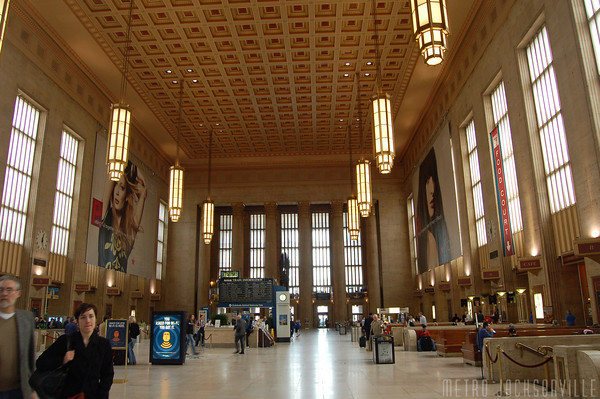
Lyrics to Colgando En Tus Manos :
Quizá no fue coincidencia encontrarme contigo...
Tal vez esto lo hizo el destino...
Quiero dormirme de nuevo en tu pecho...
y después me despierten tus besos.
Tu sexto sentido sueña conmigo,
se que pronto estaremos unidos.
Esa sonrisa traviesa que vive conmigo.
se que pronto estaré en tu camino.
Sabes que estoy colgando en tus manos,
asi que no me dejes caer.
Sabes que estoy colgando en tus manos.
Te envío poemas de mi puño y letra.
Te envío canciones de 4:40.
Te envío las fotos cenando
en Marbella y cuando estuvimos por Venezuela.
Y así me recuerdes y tengas presente,
que mi corazón está colgando en tus manos.
Cuidado, cuidado, que mi corazon està colgando en tus manos.
No perderé la esperanza de hablar contigo.
No me importa que dice el destino.
Quiero tener tu fragrancia conmigo.
Y beberme de ti todo lo prohibido.
Sabes que estoy colgando en tus manos,
asi que no me dejes caer.
Sabes que estoy colgando en tus manos.
Te envío poemas de mi puño y letra.
Te envío canciones de 4:40.
Te envío las fotos cenando
en Marbella y cuando estuvimos por Venezuela.
Y así asì me recuerdes y tengas presente
que mi corazòn està colgando en tus manos.
Cuidado, cuidado, mucho cuidado, cuidado.
Marta yo te digo me tienes en tus manos.
Cuidado, mucho cuidado.
No importa que diga el destino quedate conmigo
cuidado, mucho cuidado,
Lo quiero todo de ti
Tus labios, tu cariño, lo prohibido.
Te envío poemas de mi puño y letra.
Te envío canciones de 4:40.
Te envío las fotos cenando
en Marbella y cuando estuvimos por Venezuela.
Y asì me recuerdes y tengas presente,
Que mi corazon està colgando en tus manos
cuidado, cuidado...
Que mi corazon està colgando en tus manos
que mi corazon està colgando en tus manos
que mi corazon estò colgando en tus manos
Hanging On Your Hands
Maybe it was not for coincidence
that I met you
sometimes these things are made by destiny
I want to sleep again on your breast
and then I want your kisses to wake me up
your sixth sense dreams of me
I know that we'll be together soon
this sleeping smile that lives here with me
I know that I will be on your way soon
you know I'm hanging on your hands
so don't let me fall
you know I'm hanging on your hands
I send you poems in my own hand
I send you songs 4.40 minutes long
I send you pictures when we were
dining in Marabella and
when we were in Venezuela
so that you can remember me
so that you take account of the fact
that my heart is hanging on your hands
be careful, be careful
I won't lose the hope to be with you
All the forbidden, it's all I want of you
I want to wake up kissing all your tenderness
My baby, my life, I need you.


















